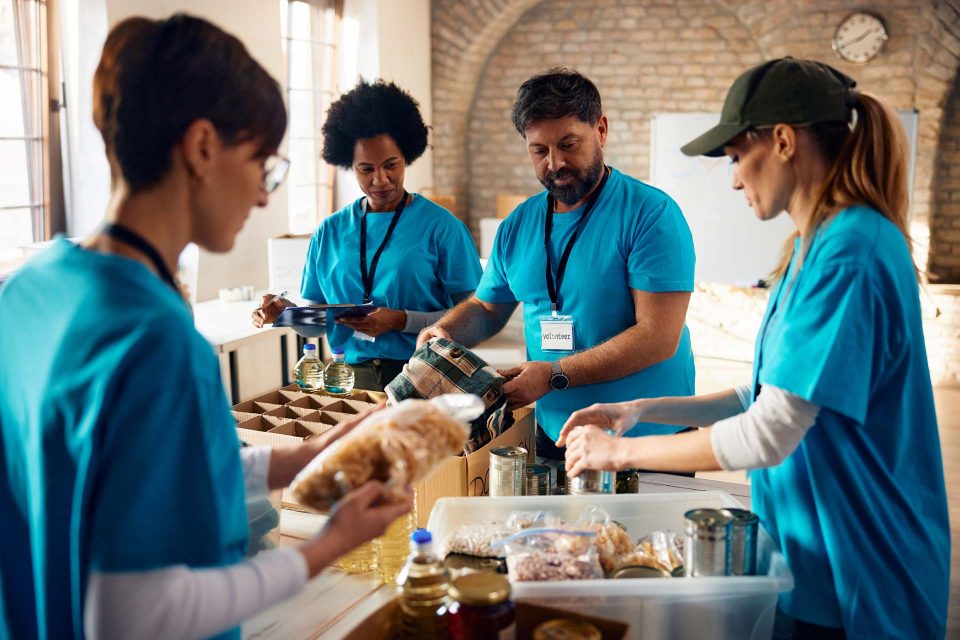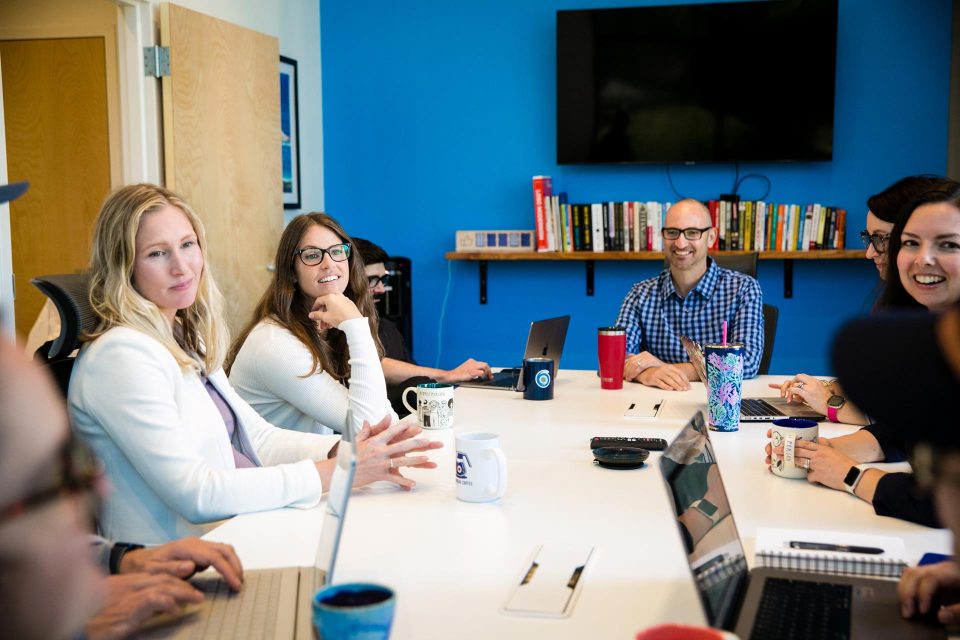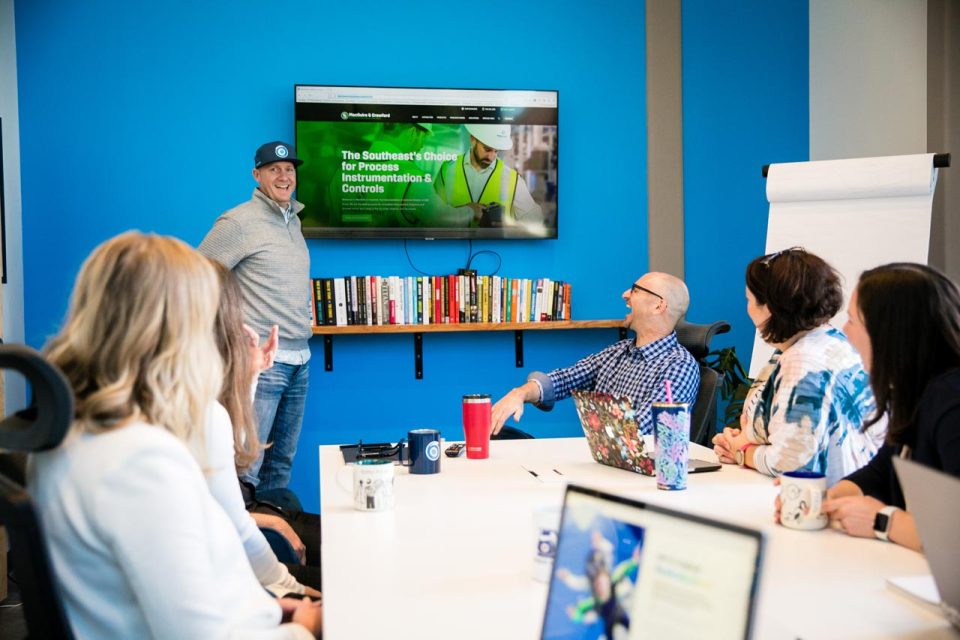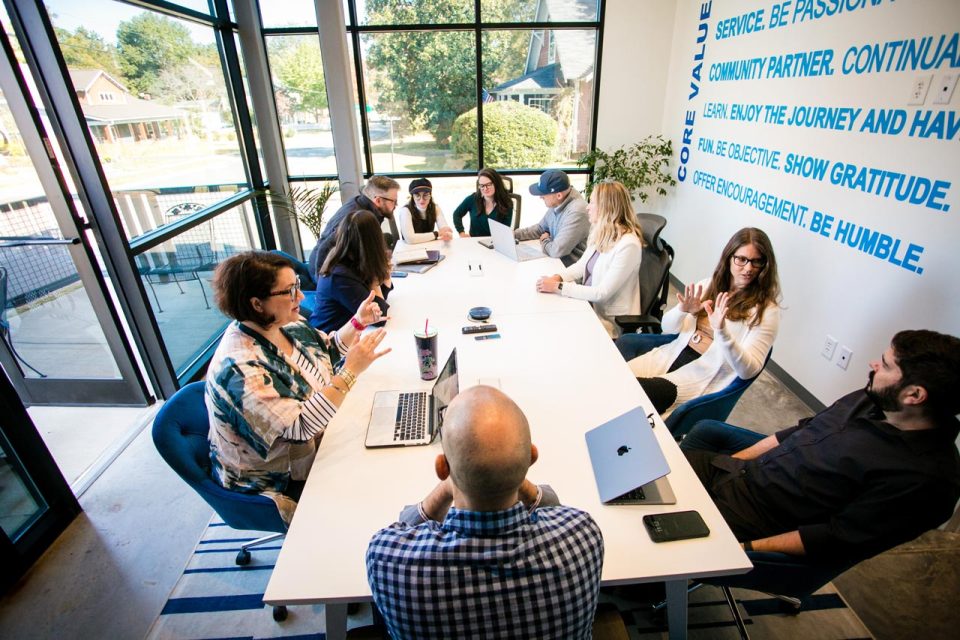The Blog
What We're Thinking About

Digital Marketing
5 Digital Marketing Ideas for Solar Energy Companies
5 months ago
Dec
12
2024

Digital Marketing
9 Easy Nonprofit Marketing Ideas
5 months ago
Dec
12
2024

Digital Marketing
3 Ways To Boost Private Healthcare Marketing Strategy
5 months ago
Dec
12
2024

Digital Marketing
Your Nonprofit Marketing Plan: How to Raise Mission Awareness and Compel Action
5 months ago
Dec
12
2024

Digital Marketing
How to Define a Target Audience for Your Renewable Energy Company
5 months ago
Dec
12
2024

Digital Marketing
How to Market Renewable Energy to Customers and Businesses
5 months ago
Dec
12
2024

Digital Marketing
Healthcare Social Media Marketing Basics: How to Engage & Inform Your Patients
5 months ago
Dec
12
2024

Digital Marketing
Tourism and Hospitality Marketing Guide: How to Set Your Brand Apart
5 months ago
Dec
12
2024

Content Marketing
Content Marketing for Manufacturers: Tips, Planning, and Tools
5 months ago
Dec
12
2024

Email Marketing
Email Marketing for Nonprofits: Your Complete Guide
5 months ago
Dec
12
2024

Branding
Why is Rebranding Important? The Risks and Benefits of Rebranding Your Business
5 months ago
Dec
12
2024

Branding
Illuminate Your Brand with a Solar Energy Company Marketing Plan
5 months ago
Dec
12
2024